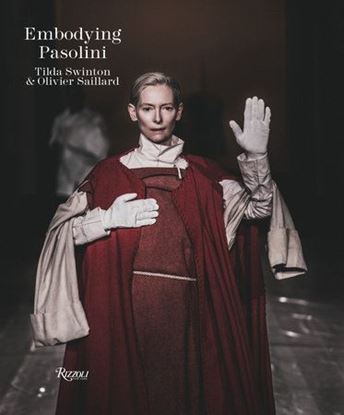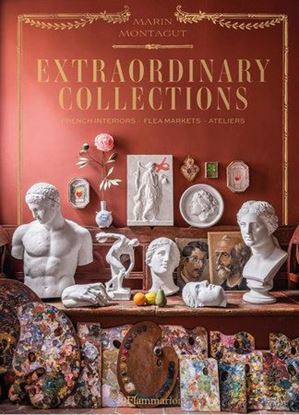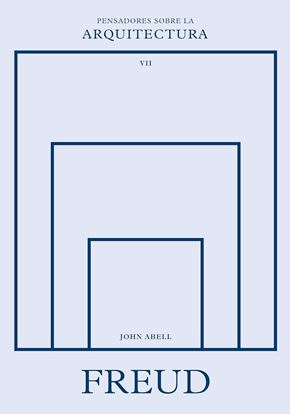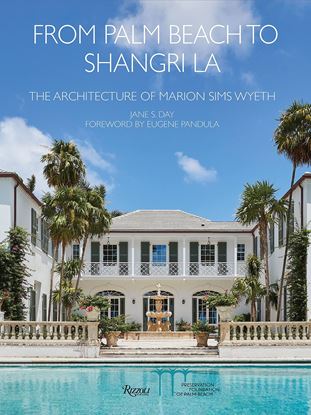

EMBODIYING PASOLINI
Longtime creative collaborators Tilda Swinton and Olivier Saillard present an illustrated tribute to the costumes of legendary Italian director Pier Paolo Pasolini’s iconic films.
Retracing Pier Paolo Pasolini’s entire cinematography—which continues to fascinate audiences almost half a century after his passing—Embodying Pasolini explores the costumes that brought his films to life. From The Gospel According to St. Matthew (1964), The Canterbury Tales (1972), and Arabian Nights (1974) to Salò, or the 120 Days of Sodom (1975), Pasolini’s movies are known for their provocative flair—making them staples of art cinema’s golden age. Styled by Danilo Donati, the costumes—garments, coats, and hats—enlivened the films with their rich textures, volume, color, and embellishments.
2,995
EXTRAORDINARY COLLECTIONS
French artist, designer, and talented antique hunter Marin Montagut celebrates the joy of collecting everything from textiles to barware to architectural details, taking readers inside a dozen private homes, flea markets, and unusual ateliers to discover the most whimsical treasure troves in France. From a film prop house’s array of leather sporting goods and playing cards to a travel buff’s vintage maps and globes, and from a sculpture studio’s Grecian plaster casts to an amateur designer’s spiral staircase models, and from Montagut’s own wonder wall assemblages to a cook’s haven filled with porcelain dessert molds and copper pots—objects, when presented together as a series, create unforgettable interiors that radiate charm. Inspiration comes in repetition: wooden zigzag rulers with engraved numbers aligned on a wall in a herringbone pattern create an artful space. The spare wooden forms of capipotes—devotional statues used in religious processions, their eyes turned heavenward in ecstasy—and silver ex-votos can be the point of departure for the theme of an entire room. Montagut’s mood boards for each chapter provide endless ideas for the home.
2,300
FASHION FIRST
A fashion icon in her own right, Keaton amusingly revisits and reflects on some of her favorite and not-so-favorite fashion moments over the decades, from childhood homemade outfits to red carpet ensembles and street style experiments she tried from the 1960s until today.
Since she could remember, Keaton has been fascinated by clothing and style. As a little girl, she would pick out patterns and request that her mother make her custom outfits. This was the beginning of a love affair with clothes and looks, and sometimes, fashion. From the outset of her acting career in the 1970s, the legendary star has experimented and thought outside the lines of what a Hollywood icon should wear and still became lauded as a style icon by Vogue, W, The Hollywood Reporter, and countless fashion websites. Keaton’s style is at once timeless, experimental, bold, effortless, androgynous, quirky, and utterly and distinctly her own.
3,500
FREUD SOBRE LA ARQUITECTURA
Freud sobre la arquitectura explica qué ofrece Sigmund Freud para comprender la creatividad y la experiencia de la arquitectura, con ejemplos que van desde el Movimiento Moderno hasta la actualidad.
Las observaciones de Freud sobre la mente humana y su influencia en la cultura y el comportamiento social han generado numerosos debates desde el siglo XIX. Sin embargo, lo que las ideas fundamentales de Freud ofrecen para comprender la creatividad y la experiencia de la arquitectura ha recibido muy poca atención directa. Esto se debe, en parte, a que Freud abrió la puerta a un lugar en el que la investigación convencional sobre arquitectura tiene poca fuerza: el inconsciente. Para complicar aún más las cosas, la obra de Freud es vasta y abrumadora. Freud sobre la arquitectura examina las ideas clave de Freud y cierra la brecha entre la arquitectura y la teoría psicoanalítica.
1,800
FROM PALM BEACH TO SHANGRI LA
Beauty and elegance mingle with extravagance in the Palm Beach style of architect Marion Sims Wyeth, a kind of home design that takes the standard fixtures of paradise palm trees, ebullient fountains, glistening pools and gardens, views of the sea and mixes them with a dash of the exotic a Moorish-style balcony or doorway, Venetian archways, fanciful courtyards in the Spanish style, and spiralling staircases in stone and iron. Featured here are the legendary abodes of Marjorie Merriweather Post and Doris Duke Mar-a-Lago and Shangri La, respectively as well as the less well known but equally spectacular Hogarcito and La Claridad, to name but a few. For those unfamiliar with these dream palaces, intimate homes of repose and reflection, for the enjoyment of life and the living of it, the book serves at once as a revelation and an inspiration.
1,500
GENIUS LICI; PAISAJE, AMBIENTE Y ARQUIT.
Este libro apareció originalmente en 1979 en su versión italiana, y un año después en inglés. Pese al prestigio de su autor, nunca se había traducido al español, por lo que la presente edición es casi una novedad.
Como se indica nada más empezar el prefacio, este estudio sobre el concepto del 'espíritu del lugar', el genius loci de los antiguos romanos, es una continuación de tres libros anteriores del autor, todos existentes en versión española: Intenciones en arquitectura (1963), Existencia, espacio y arquitectura (1971) y Arquitectura occidental (1974).
La idea fundamental del libro es que el ser humano necesita un 'punto de apoyo existencial' y que es la arquitectura, en sus diversas escalas, la que se lo puede proporcionar. Para ello, el principal objetivo que se plantea el texto es exponer las implicaciones psíquicas de la arquitectura y no tanto su lado práctico, aun sabiendo que existe una relación entre ambos aspectos.
Las reflexiones filosóficas de Martin Heidegger sobre el concepto de 'habitar' sirven al autor como punto de partida de sus investigaciones sobre la noción de lugar, entendido éste como un espacio con un carácter distintivo en el que el ser humano puede desarrollar plenamente su vida.
Así pues, el genius loci, el 'espíritu del lugar' se ha reconocido desde tiempos antiguos como la realidad concreta que el ser humano tiene que afrontar y asumir en su vida cotidiana. La arquitectura significa hacer visible ese genius loci, y la labor del arquitecto es crear lugares significativos con los que ayudar al ser humano a habitar.
1,995













